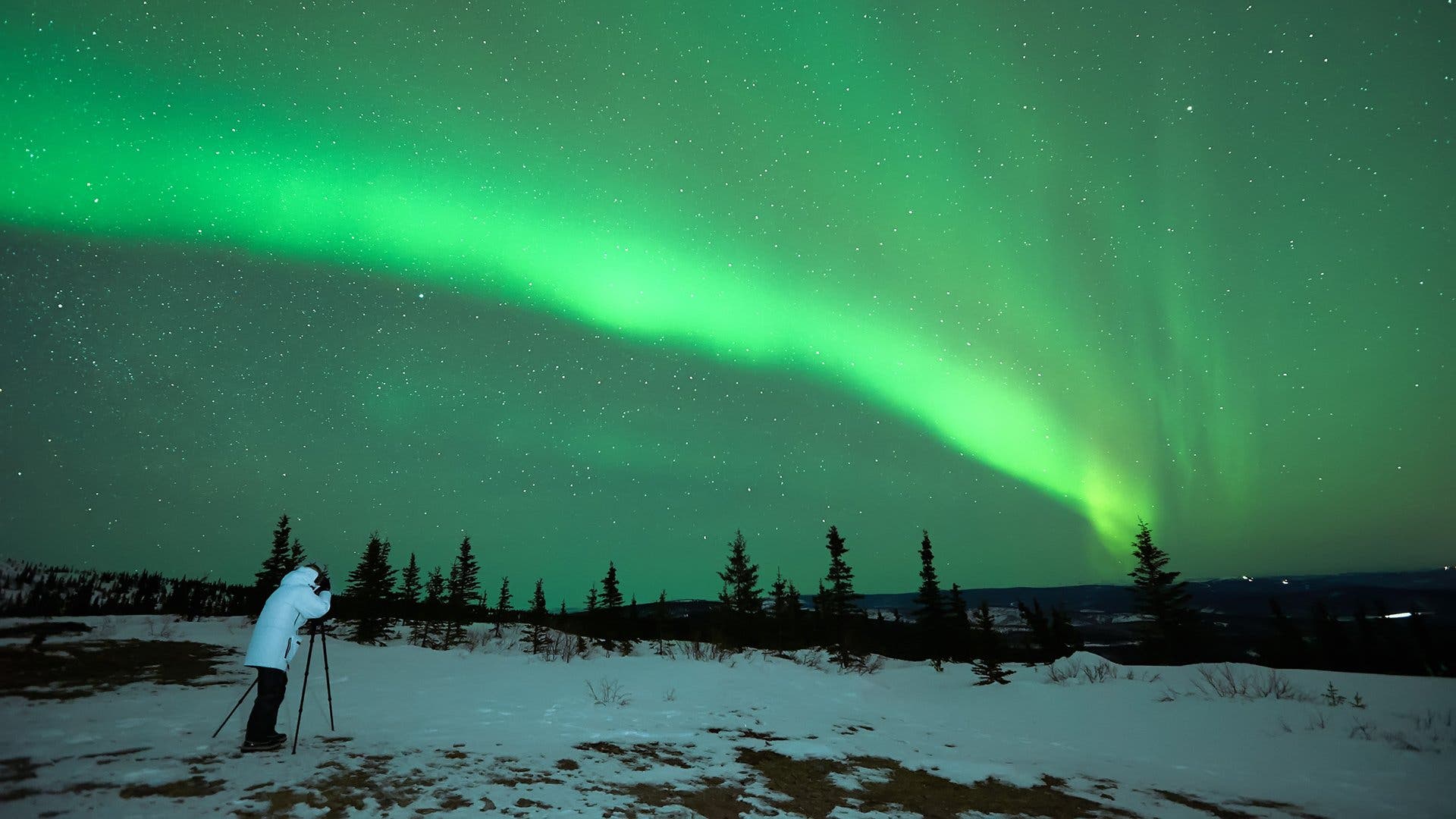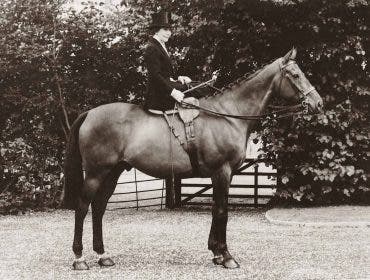Many photographers, whether amateur or professional, find themselves taking the same photos day in and day out. Amateurs may not be aware of the other photos they can take; professionals often don’t take photos they aren’t paid for. But this sometimes leaves photographers in a rut, and also takes away the possibility of creative cross-pollination that dabbling in other photo styles can foster. Here are five photos you can take, today. They don’t require any equipment you don’t have, and it’s quite possible that you already know how to do them. But, as I found when I made a poll on a photography forum, even many pro photographers who know how to freelens have never tried it! So give these a try – you might pleasantly surprise yourself with the results, and – in any case – you’ll give yourself a recharge by getting out of your box for a few minutes.

Macro: Macro photos, or magnified photos of objects, are fun because they get you looking in a different light at something that you see every day. Don’t think that you need an expensive macro lens to get started in macro photography. Due to the laws of physics, taking your 50mm or your 18-55mm lens and flipping it backwards will give you the magnifying ability to take great macro photos. There are inexpensive adapters you can buy to take your kit lens and attach it to your camera, backwards, and take macro shots that way. But I promised that you can start all these today – there’s a way to do this without the adapter. Just take your lens, flip it around, and you can start. Depending on your lens, you might be able to manually adjust the aperture, or you’ll have to adjust it while the lens is attached to the camera, taking the lens off when it’s at the right setting. (Some lenses default to all the way open, others stop all the way down.) Be careful not to get dirt in your camera and not to scratch your lens. Find something small, focus by moving closer and farther from your object, and click!

Freelensing: Freelensing is a technique where you essentially override all your camera’s wishes when it comes to focus by removing the lens from the mount and moving it around to create areas of focus and areas of out-of-focus. Start by setting your lens on infinity focus and removing it from the lens mount. Hold it snugly against the camera body, tilt and slide and watch what happens. You can isolate small areas of focus here, calling attention to very narrow areas of your photo. Tip: Some people find it easier to do this using the live-view feature on their DSLR, rather than using the viewfinder. Same precautions apply as with using your macro – you’re using the camera body and lens in ways that Canon, Nikon, and Sony didn’t plan for – be careful! And if you do get into this, there are lenses that will allow you to freelens while protecting your lens and your sensor.

Silhouette: Silhouettes have a long and distinguished history in the creative arts, dating back to the 1700’s. They depend on the ratio of light and dark in the image being different enough that the subject of the image is black while the background is still visible. Using digital imagery, it’s a lot easier to make this than it was in the past – even if you don’t get the ratio just right, you can easily fix it in post-processing. But this is not something that you can just snap and fix. By definition, when taking a silhouette, you’re taking out much of the detail in your image. So your photo is much more dependent on good composition, and the background (if there is one) is very important. It can be a challenge – a fun one – to take a good silhouette.

Abstract: Abstract photography is an area that is neglected by many photographers. That’s understandable – they are trying to be representational, which is pretty much what photography is about. But with abstract photography, you are taking a picture that doesn’t look like anything that’s recognizable. But you can let your creativity out, seeking out tension, balance, color, form, and structure, while constraining yourself both to what your camera can see, and not portraying something immediately obvious to the viewer. Try to find something fresh, see something new that isn’t the thing you’ve always seen in the past. Then try to show that in your camera.

Night: Night photography is a personal favorite of mine. Your camera collects light and saves it onto a sensor. It takes much longer to collect the light if there’s barely any light there! So to take a photo at night come prepared to leave your shutter open and your camera perfectly still for 15-30 seconds at your widest aperture. You can do this with your camera and kit lens as-is; I’ve taken many long exposures with my camera propped on a bench or on the floor. It will be much easier, of course, with a tripod and a 50/1.4. One of the cool things about night photography is that the colors of the lights, whether moonlight, streetlights, passing cars, or traffic lights, all interact with the scene to make some potentially beautiful effects that are just impossible during the day.
I’ve tried to include only the bare minimum about each of these techniques. But each one is treated at greater length one or more times on this website – if you’re interested, it won’t be hard to find out more.
Write in the comments if you’ve already tried every one of these techniques; I suspect that many photographers have not. The beauty of trying new techniques is that even when you don’t stick with them, they stick with you. They will go back and influence the way you’ve been taking photos all along, adding a new dimension to the knowledge and technique that you’ve already mastered.
Happy shooting!






